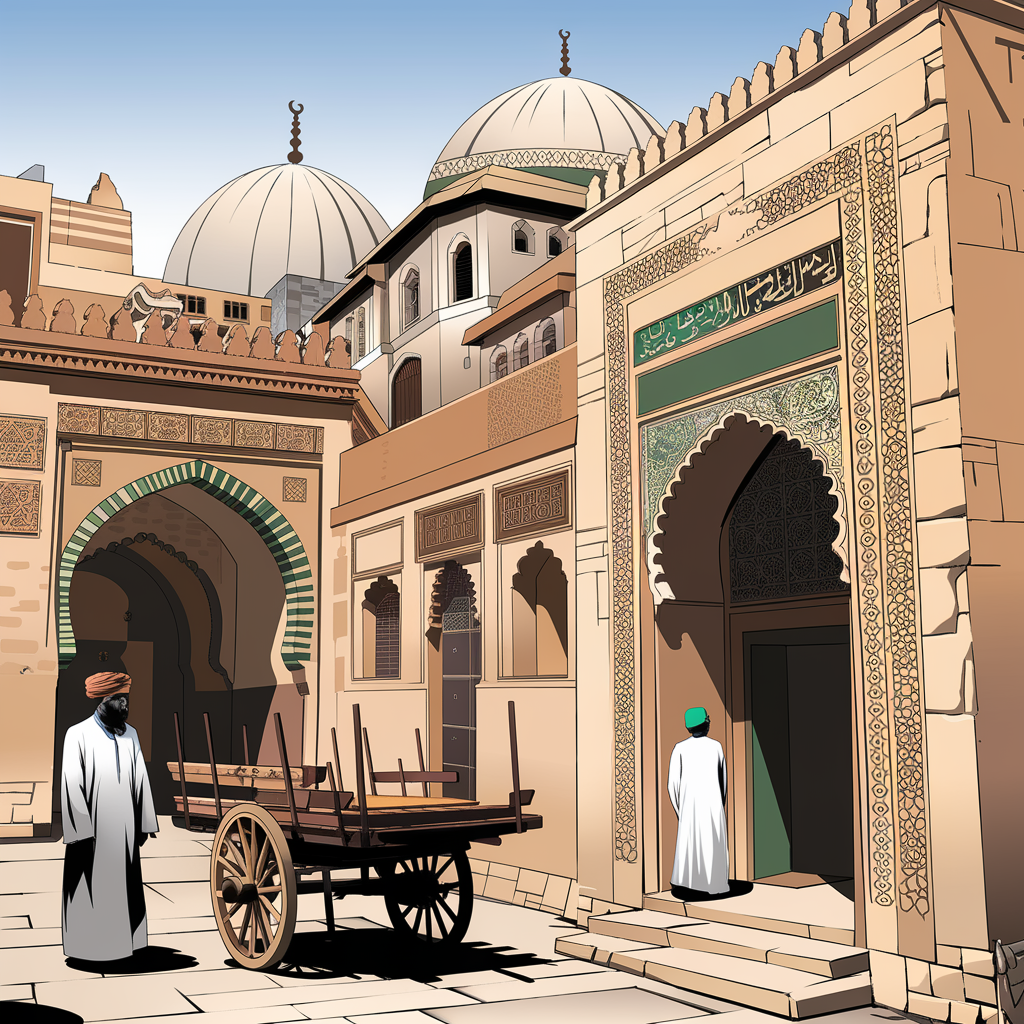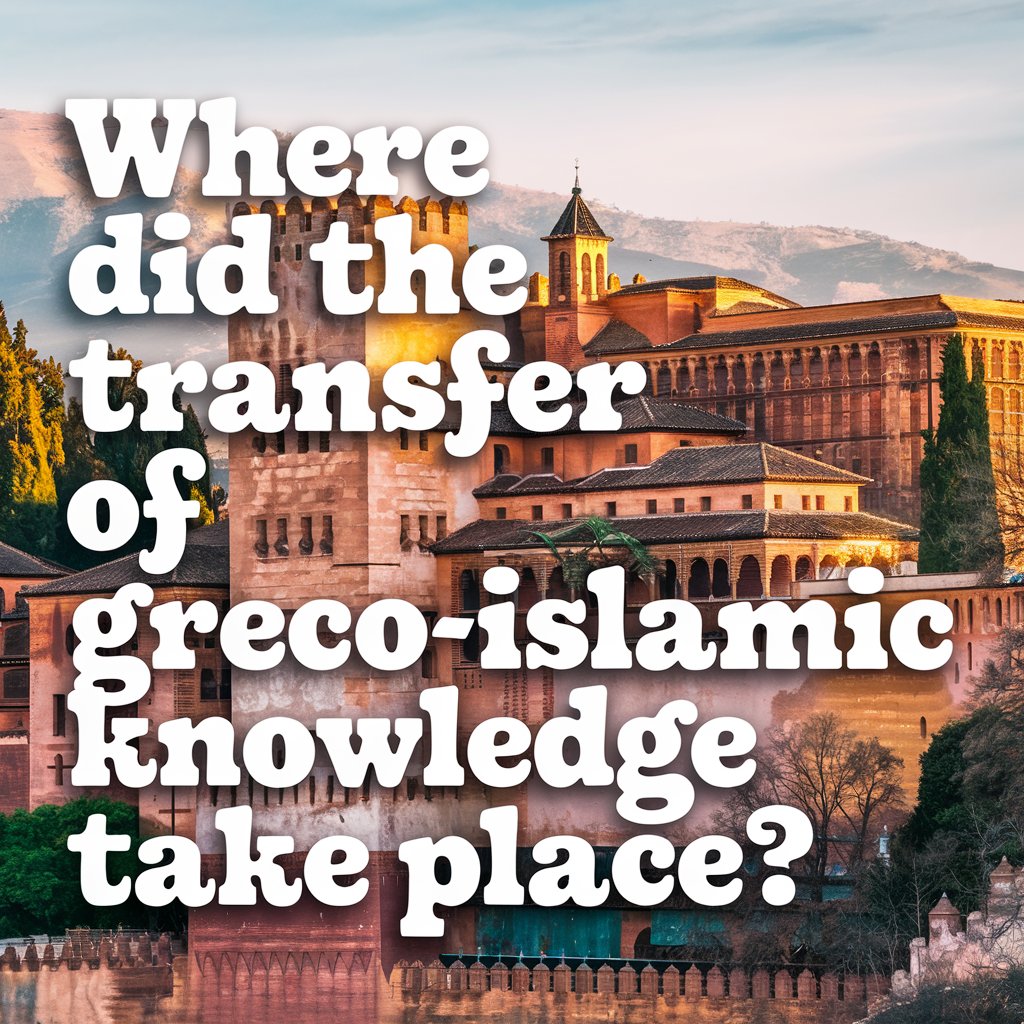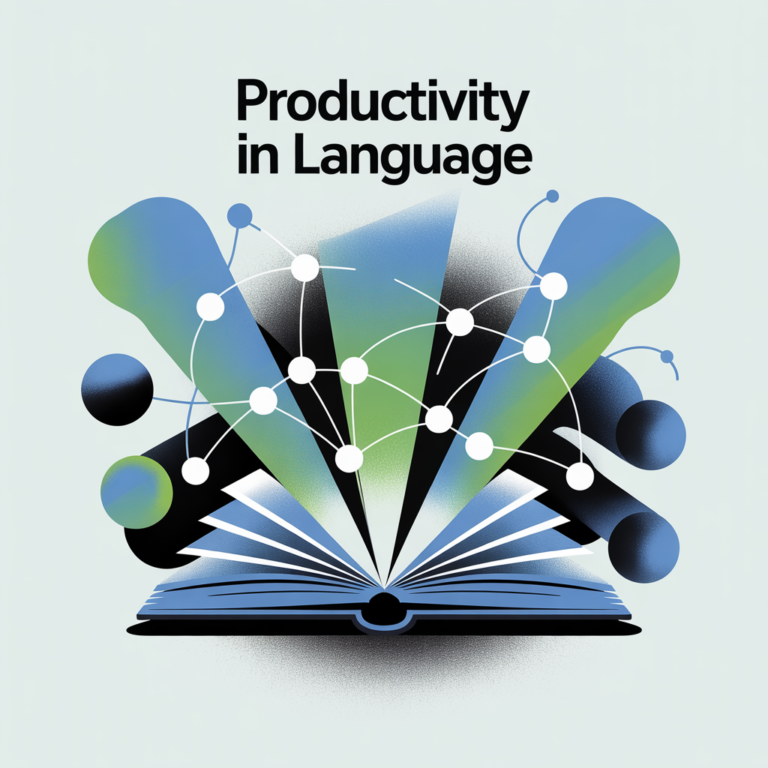The transfer of Greco-Islamic knowledge is a cornerstone in the history of intellectual development, profoundly shaping the trajectory of Western and Eastern civilizations. This historic exchange of ideas, texts, and philosophies facilitated the evolution of sciences, medicine, mathematics, and philosophy, leaving an indelible mark on global history. Understanding “where did the transfer of Greco-Islamic knowledge take place” requires an exploration of key locations, cultural exchanges, and historical processes that contributed to this monumental movement of knowledge.
The Significance of Greco-Islamic Knowledge
Greco-Islamic knowledge encompasses the body of Greek scientific and philosophical works preserved and expanded upon by Islamic scholars. Islamic civilizations played a crucial role in translating, interpreting, and advancing these works, which eventually influenced European thought during the Middle Ages and the Renaissance. By focusing on “where did the transfer of Greco-Islamic knowledge take place,” we uncover a fascinating journey across continents, cultures, and centuries.
Centers of Knowledge in the Islamic Golden Age

The Islamic Golden Age (8th to 13th centuries) marked a period of extraordinary intellectual flourishing. Several cities emerged as hubs for the preservation and expansion of Greco-Islamic knowledge:
1. Baghdad: The Intellectual Heart of the Abbasid Caliphate
Baghdad, established in 762 CE, became the epicenter of scholarly activity under the Abbasid Caliphs. The House of Wisdom (Bayt al-Hikma), founded by Caliph Harun al-Rashid and expanded under his successors, was pivotal in the translation and study of Greek texts.
- Translation Movement: Scholars like Hunayn ibn Ishaq and Al-Kindi translated works of Aristotle, Plato, Galen, and Ptolemy into Arabic.
- Advancement of Knowledge: Figures such as Al-Farabi and Ibn Sina (Avicenna) synthesized Greek philosophy with Islamic thought, producing influential works in metaphysics and medicine.
Baghdad’s unique position as a cultural and economic hub facilitated the accumulation and dissemination of knowledge, making it a cornerstone in understanding “where did the transfer of Greco-Islamic knowledge take place.”
2. Cordoba: The Gateway to Europe
In Al-Andalus (Islamic Spain), Cordoba emerged as a vital center of learning. Known for its libraries, including the famed library of Caliph Al-Hakam II, Cordoba attracted scholars from across the Islamic world and Europe.
- Translation into Latin: Works of Islamic scholars and Greek originals were translated into Latin, laying the foundation for the European Renaissance.
- Intercultural Exchange: Cordoba’s multicultural environment allowed for dialogue between Muslim, Jewish, and Christian scholars, fostering the exchange of ideas.
3. Cairo: The Jewel of the Fatimid Caliphate
Cairo’s intellectual prominence was solidified with the establishment of Al-Azhar University in 970 CE, a major center for Islamic learning.
- Preservation of Manuscripts: Cairo’s libraries housed extensive collections of Greek and Islamic texts.
- Scientific Advancements: Scholars like Alhazen (Ibn al-Haytham) made groundbreaking contributions to optics and physics.
The Role of Translation Movements

The translation movements played a crucial role in the transfer of Greco-Islamic knowledge. These efforts were not mere linguistic exercises but involved interpretation, commentary, and expansion of the original texts.
1. From Greek to Arabic
The initial phase involved translating Greek works into Arabic. Scholars employed advanced linguistic and intellectual skills to adapt Greek ideas to the Islamic cultural and philosophical framework. This process ensured the preservation and accessibility of ancient knowledge.
2. From Arabic to Latin
The second phase saw the translation of Arabic works into Latin, primarily in Europe during the 12th century. Centers like Toledo in Spain became hubs for this activity:
- Toledo School of Translators: Figures such as Gerard of Cremona translated numerous works of Islamic and Greek origin into Latin, making them accessible to European scholars.
- Impact on Europe: These translations introduced Europe to the works of Aristotle, Avicenna, and Alhazen, among others, fueling advancements in philosophy, science, and medicine.
Key Figures in the Transfer of Knowledge
Several scholars and translators were instrumental in ” where did the transfer of Greco-Islamic knowledge take place.”
1. Hunayn ibn Ishaq
A renowned translator and scholar, Hunayn ibn Ishaq translated Greek medical and philosophical works into Arabic, significantly influencing Islamic medicine and science.
2. Al-Kindi
Known as the “Philosopher of the Arabs,” Al-Kindi integrated Greek philosophy with Islamic thought, contributing to fields such as metaphysics, mathematics, and optics.
3. Gerard of Cremona
Gerard of Cremona’s translations of Arabic texts into Latin brought Islamic and Greek knowledge to European audiences, bridging cultural and intellectual gaps.
Cross-Cultural Interactions and Their Impact
The transfer of Greco-Islamic knowledge was not confined to isolated scholarly pursuits; it thrived on cross-cultural interactions facilitated by trade, conquest, and diplomacy.
1. The Silk Road
The Silk Road connected the Islamic world with China, India, and Europe, enabling the exchange of goods, ideas, and knowledge. Manuscripts and scientific instruments traveled along these routes, enriching the intellectual landscapes of various regions.
2. The Crusades
While primarily a series of military campaigns, the Crusades inadvertently facilitated cultural exchange. European scholars encountered Islamic science and philosophy, which they later sought to study and incorporate into their own traditions.
3. The Mongol Empire
The Mongol conquests brought diverse cultures into contact, allowing for the exchange of knowledge between the Islamic world, China, and Europe. Scholars like Nasir al-Din al-Tusi benefited from this interaction, advancing fields such as astronomy and mathematics.
Transmission to Europe: The Seeds of the Renaissance
The transfer of Greco-Islamic knowledge to Europe laid the groundwork for the Renaissance, a period of renewed interest in science, art, and philosophy.
1. Universities as Centers of Learning
Medieval European universities, inspired by Islamic madrasas, became key institutions for the study of Greco-Islamic knowledge. The works of Aristotle, Avicenna, and Averroes (Ibn Rushd) formed the core of university curricula.
2. Advancements in Science and Medicine
The integration of Islamic scientific methods and Greek rationalism transformed European science and medicine. Figures like Copernicus, Galileo, and Vesalius built upon this inherited knowledge to make revolutionary discoveries.
3. Philosophical Transformations
The writings of Islamic philosophers, particularly Averroes, profoundly influenced European thinkers such as Thomas Aquinas, shaping the development of scholasticism and humanism.
Preservation of Knowledge in Manuscripts and Libraries
Libraries played a critical role in preserving and disseminating Greco-Islamic knowledge. Notable examples include:
1. Library of Alexandria
While its destruction marked a significant loss, some texts were preserved and later translated into Arabic.
2. Bayt al-Hikma
Baghdad’s House of Wisdom housed countless manuscripts and became a beacon of intellectual activity.
3. Toledo’s Libraries
The libraries of Toledo facilitated the translation of Arabic texts into Latin, preserving knowledge for future generations.
Challenges and Resilience in Knowledge Transfer
The process of transferring Greco-Islamic knowledge was not without challenges. Political upheavals, religious conflicts, and the destruction of libraries threatened the continuity of intellectual traditions. However, the resilience of scholars and the enduring value of knowledge ensured its survival and transmission.
1. Destruction of Baghdad (1258 CE)
The Mongol invasion led to the destruction of Baghdad and its libraries. Despite this setback, Islamic scholars continued their work in other centers like Cairo and Damascus.
2. Reconquista and Cultural Exchange
The Christian reconquest of Spain brought an end to Islamic rule in Al-Andalus but also facilitated the transmission of knowledge to Europe.
Conclusion: The Legacy of Knowledge Transfer
Understanding “where did the transfer of Greco-Islamic knowledge take place” reveals a rich tapestry of cultural exchange and intellectual growth. From Baghdad to Cordoba, from Arabic translations to Latin manuscripts, this journey of knowledge has left an enduring legacy that continues to inspire modern scholarship and innovation. The resilience of scholars and the interconnectedness of civilizations remind us of the profound impact of collaboration and the universal value of knowledge.
FAQs
What is Greco-Islamic?
Greco-Islamic refers to the synthesis and continuation of Greek knowledge, including philosophy, science, and medicine, as it was preserved, translated, and expanded upon by Islamic scholars during the Islamic Golden Age.
What is the definition of Greco-Islamic medical knowledge AP World History?
Greco-Islamic medical knowledge in AP World History refers to the body of medical understanding that originated from Greek sources, such as Hippocrates and Galen, and was enhanced by Islamic scholars like Ibn Sina (Avicenna) through their translations, research, and innovations.
How did Muslims contribute to medical knowledge?
Muslims made significant contributions to medical knowledge by translating Greek and Roman texts, developing hospitals, and authoring medical encyclopedias. Pioneers like Al-Razi (Rhazes) and Ibn Sina (Avicenna) advanced fields such as pharmacology, surgery, and diagnostics.
Where did Muslims get their knowledge from?
Muslims acquired their knowledge from a variety of sources, including ancient Greek, Roman, Persian, and Indian texts, which they translated into Arabic. They also conducted original research and developed new methods in science and philosophy.
In what city is the Dome of the Rock located?
The Dome of the Rock is located in Jerusalem, a city of great religious and historical significance to Muslims, Christians, and Jews.
Can Muslims visit Jerusalem?
Yes, Muslims can visit Jerusalem, including the Al-Aqsa Mosque and the Dome of the Rock, although access may depend on political and regional circumstances.
What is the difference between Masjid Al-Aqsa and Dome of Rock?
Masjid Al-Aqsa is a mosque within the Al-Haram al-Sharif complex in Jerusalem, while the Dome of the Rock is a shrine that houses the rock from which Prophet Muhammad is believed to have ascended to heaven during the Isra and Mi’raj.
What country is the dome located?
The Dome of the Rock is located in Jerusalem, which is internationally contested but is administered as part of Israel.
Which country has Jerusalem?
Jerusalem is claimed as the capital by both Israel and Palestine. It is a city of international significance due to its historical and religious importance.
Is it safe to visit Masjid Al-Aqsa now?
Safety for visiting Masjid Al-Aqsa depends on the current political and security situation in Jerusalem. Visitors should stay updated on travel advisories and local conditions.
Who built Masjid Al-Aqsa?
Masjid Al-Aqsa was originally built by the Umayyad Caliph Abd al-Malik and completed by his son Al-Walid in the late 7th century CE. It has undergone several renovations over the centuries.




